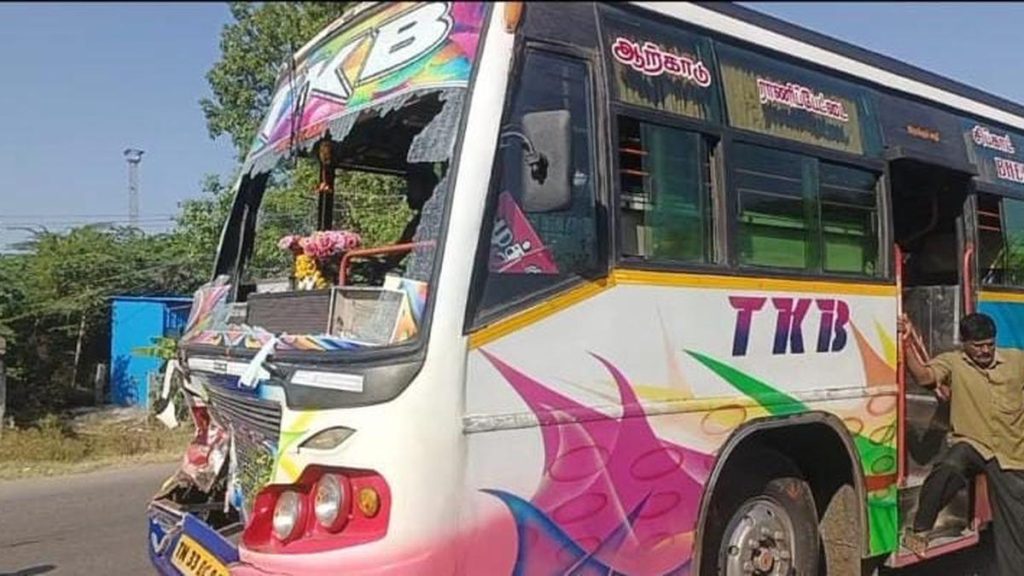Now Reading: Residents of Ayyankuzhi Demand Lasting Solution to Ongoing Pollution Crisis
-
01
Residents of Ayyankuzhi Demand Lasting Solution to Ongoing Pollution Crisis
Residents of Ayyankuzhi Demand Lasting Solution to Ongoing Pollution Crisis

Swift Summary
- On July 8, 2025, a fire in a section of 220kV electric cables near the Bharat Petroleum Limited-Kochi Refinery (BPCL-KR) campus caused smoke and odors that resulted in dizziness and nausea among residents of Ayyankuzhi.
- Over 30 families were evacuated due to the incident and housed temporarily at Chottanikkara by BPCL-KR. Residents have refused to return home without a permanent solution to longstanding industrial pollution concerns.
- The residents live on a narrow strip of land (9.4 acres) between Hindustan Organic Chemicals Limited (HOCL) and BPCL-KR,an area classified as a ‘red zone’ by the Pollution Control Board study for being unfit for living due to pollution.
- Residents demand their land be acquired by BPCL-KR; though, BPCL-KR stated its acquisition must follow state protocols including feasibility studies and budget approvals as mandated under relevant legislation related to land acquisition.
- The company emphasized regulatory constraints under the Right to Fair Compensation Act that prohibit acquiring large areas unless it aligns with specific utility purposes.
Indian Opinion Analysis
The incident underscores a pressing issue regarding industrial safety standards near residential spaces in India, raising concerns about emergency preparedness and enduring urban progress. The affected families’ refusal to return home until pollution-related grievances are permanently addressed reflects growing public dissatisfaction towards perceived neglect of environmental health priorities by industrial units operating nearby.
The Pollution control BoardS classification of this residential area as ‘red zone’ reinforces claims about unlivable conditions caused by pollution but also signals systemic gaps in regulating or relocating vulnerable communities from hazardous zones-a matter intertwined with jurisdictional complexities involving state authorities and corporate entities like BPCL-KR.
From an infrastructure viewpoint, improving accessibility-like adding entry/exit points-is crucial for future risk mitigation measures should disaster strike again. Balancing local human rights advocacy against corporations’ business interests remains challenging yet vital for ensuring equitable responses toward affected populations while maintaining economic progress rooted firmly within legal frameworks available today.
Read more: [Original Article Link Placeholder]























